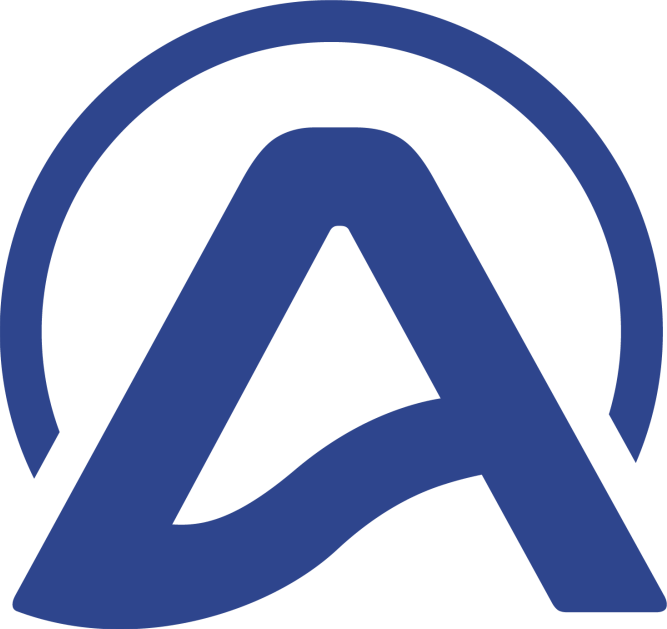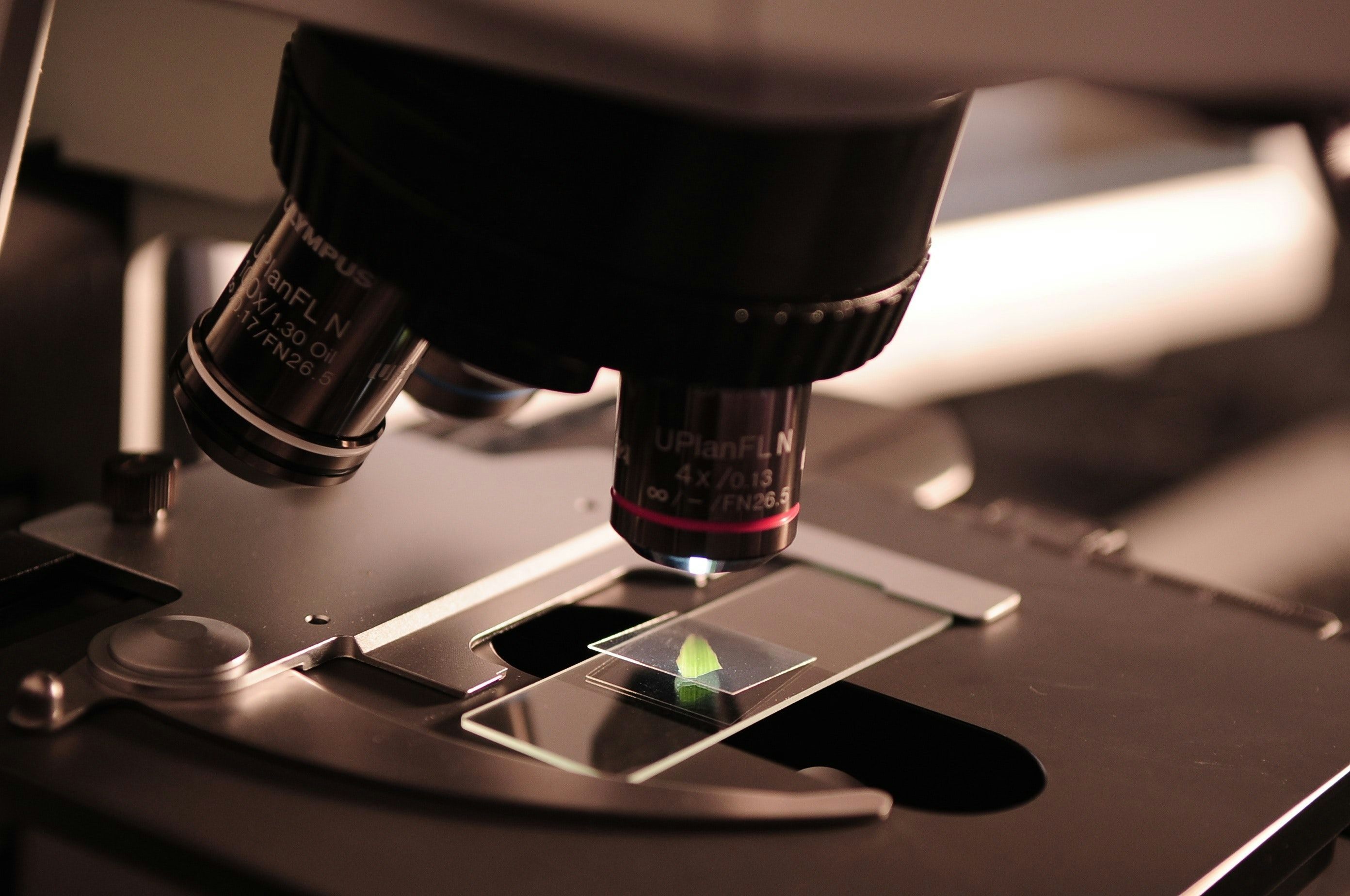The push for consumer product transparency is happening in the United States and around the globe as consumers begin to understand the importance the supply chain plays on their daily products. For example, knowing what food additives and possible pesticides that are used in or used to produce a product can impact the gut biome, which can potently impact everything from our daily mood to sleep cycles.
So, when Kriva began developing products for both our skin and to ingest for wellness, we knew we needed to start with transparency and testing in mind. Our team of formulators and researchers developed policies to prevent poor, un-tested products from hitting the shelves. But how exactly does Kriva do this?

Step 1: Know + Test Your Inputs- When plant biomass intended for extraction arrives at Kriva’s partner facility, it is screened by a third-party testing lab which produces a Certificate of Analysis (commonly called a COA). The initial screening allows for full transparency regarding the plant’s phytocannabinoid content, as well as its possible exposure and retention of heavy metals and pesticides.
This rule is also applicable to other Kriva product additives such as essential oils, terpenes, and carrier oils. While it’s not necessary for each manufacturer to provide detailed safety testing Kriva has decided that this lack of supply chain transparency falls upon their shoulders when developing safe, consumable products that contain phytocannabinoids.

Step 2: Intermediate Testing- Testing of intermediate phytocannabinoid and phytonutrient products is an important step that most companies choose not to take; and this is because many companies live by the line, “dilution is the solution.” This isn't the case at Kriva we feel as though making sure our additive hemp-based products need to be screen for contamination from residual solvents, heavy metals, and pesticides that can all be concentrated in typical extraction methods like alcohol and hydrocarbon methods. By concentrating these icky contaminants and then diluting them down in the final product, the consumer may never know that they are repeatedly exposing their skin or gut to microdoses of pesticides that have detrimental effects on overall health.

Step 3: Final Product Testing- The final step when launching a product is of course the final safety testing. While this is not currently a requirement in the CBDA/CBD industry it is relatively standard. If a CBDA/CBD company does not include easy access to third party verified Certificates of Analysis, it’s a BIG red flag and consumers should consider sourcing their desired products elsewhere.

Step 4: Putting It All Together- Putting all of the COAs and supply chain into a easy to follow timeline is part of Kriva’s expansion. We’ve partnered with TagOne, a supplement and food transparency leader. By utilizing their easy to scan QR code present on all future Kriva products we are able to supply the transparency that consumers deserve and that companies should strive for.

